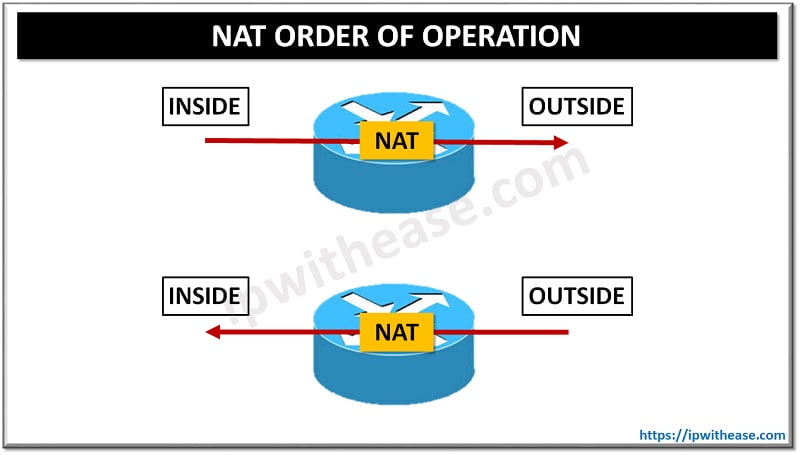Operating systems are like unsung heroes in modern computing. They are the fundamental software that makes it possible for devices to work. Without them, even the most advanced computer hardware will be useless. This greatness of OSes is particularly overlooked in IoT devices and some mobile/portable/wearable devices, wherein users focus on apps or the actual operation of the device itself.
Device manufacturers are expected to be meticulous about the choice they make, allocating enough time and resources to ensure that they are installing a secure and efficient operating system to provide optimum product performance. However, it is also advisable for consumers to be aware of the different embedded and IoT OS options.

Operating Systems for Embedded and IoT Devices
Here are four leading operating systems for IoT and embedded systems based on features, updates and maintenance, security, and flexibility.
OpenWrt
As the name suggests, OpenWrt is an open-source OS mainly created for traffic-routing embedded devices. It is often used in routers, access points (APs), and network switches. It has been one of the go-to OSes for network devices as well as IoT devices.
What makes OpenWrt an attractive option, especially for low-resource devices is its lightweight nature. It is fully functional and compatible with a variety of hardware from different manufacturers, including 3Com, D-Link, TP-Link, 8devices, ADB, ASUS, EnGenius, Huawei, Lenovo, Linksys, MikroTik, NEC, Netgear, Seagate, Samsung, Xiaomi, and ZyXEL.
OpenWrt also provides users the option to customize various aspects of the OS. This makes it an excellent choice for device manufacturers seeking to build bespoke firmware for their products. It comes with a package manager that supports the installation of more apps to add more functions seamlessly.
Additionally, OpenWrt has a web interface (UI accessible through a web browser). This makes it easy to tinker with the configurations, especially those involving the device’s security like the firewall rules and port forwarding enabling/disabling.
It is also an added advantage that OpenWrt has a huge user base, which means issues are usually quickly shared and addressed. It is not difficult to find troubleshooting guides and advice on optimization.
OpenWrt is similar to PfSense, but it may not be apt to have a straightforward OpenWrt vs PfSense comparison because of their difference in thrust or focus.
PfSense
Another free and open-source OS, PfSense is primarily intended for routers and firewall devices. It was developed by Rubicon Communications and released in 2006. This OS is based on FreeBSD and started as a fork of m0n0wall two years before it was officially made available to the public.
One of the highlights of PfSense is its advanced security features, which are suitable not only for enterprise users but also for small and midsize organizations. It comes with intrusion detection and prevention and stateful packet inspection, which monitors both incoming and outgoing traffic. Additionally, it supports VPN use. It is designed not only to secure organizations (when used in firewalls) from external threats. It is also a good option for devices used in remote work arrangements.
Moreover, PfSense has a web user interface similar to OpenWrt, allowing users to adjust configurations for network activity regulation security. This interface also makes it easy to control firewall rules and set up VPNs. PfSense also supports VLANs and can be utilized in managing several WAN and LAN interfaces.
PfSense also has a big and active community of users. It is likewise highly flexible and even has numerous plugins and packages useful in expanding the functions and features of the OS.
However, OpenWrt and PfSense have different target users. OpenWrt is great for various network devices, while PfSense focuses on traffic management and network security devices. Both are packed with advanced features, especially when it comes to security, but the former is a general-purpose network device and IoT OS while the latter is specially made for firewalls and routers.
Ubuntu Core
Ubuntu Core is essentially a bare-bones version of the Ubuntu distribution of Linux intended for IoT and embedded devices. Despite being lightweight, it is packed with all functions that make it a reliable and secure operating system. It is built to be light but capable and flexible.
One differentiating feature of Ubuntu Core is the concept of “snaps.” These are isolated software packages that have all the dependencies vital to execute specific services or apps. Snaps are self-contained and independent from other applications. As such, several apps can be launched and used at the same time without worrying about compatibility issues and encountering conflicts with other apps in operation.
Security on Ubuntu Core is notable with its “least privilege” policy. This security model is in line with what cybersecurity experts advise. It ensures that apps and services only get access to resources that are vital to the tasks they are set to execute–no more, no less. This significantly reduces cyber risks. This OS also comes with containerization, storage encryption, and secure booting.
Just like the rest of the OSes on this list, Ubuntu Core is also designed to be versatile and flexible. It works with a wide range of devices including x86 and ARM hardware. It is also compatible with Raspberry Pi and other well-known IoT platforms. Being a Linux platform, it is a favorite among developers interested in developing custom IoT apps.
Tizen
Tizen is commonly associated with Samsung, as it was once floated as the replacement for Android on the Korean tech giant’s devices. However, Tizen is not a Samsung initiative. It is backed by the Linux Foundation and run by the Tizen Association. This open-source OS is intended for a wide range of devices including wearables, smartphones, smart TVs, and IoT devices. It was built with security, flexibility, and scalability in mind.
An important distinguishing feature of Tizen is its modular design. This architecture is highly suitable for customization and optimization. Developers may only use specific modules necessary for specific hardware and use cases. This ensures that the OS is light and efficient, especially when used in low-resource devices like sensors. However, it can become as complex if necessary when used in more sophisticated devices.
IoT developers get a robust package of tools from Tizen, including IoT-specific libraries and APIs. This open-source OS also supports different programming languages including HTML5 and C++, which makes it a great option for custom-building IoT apps and tools to link sensors to devices and perform data analytics and management.
Moreover, Tizen comes with the Tizen Studio Integrated Development Environment, a collection of tools that facilitate the development, testing, and deployment of apps. This OS is also backed by a host of cloud services and APIs to support IoT development.
Light, yet powerful
When it comes to embedded and IoT systems, efficiency is the name of the game. The preferred operating system has to be lightweight without compromising on capabilities, scalability, and versatility. The OS has to work on a wide and growing spectrum of devices. At the same time, it needs to be secure and easy to use. The four operating systems described above demonstrate these features and have a proven track record in IoT and embedded system use cases.
Continue Reading:
What is an IoT Platform: A Comprehensive Guide
ABOUT THE AUTHOR
IPwithease is aimed at sharing knowledge across varied domains like Network, Security, Virtualization, Software, Wireless, etc.



